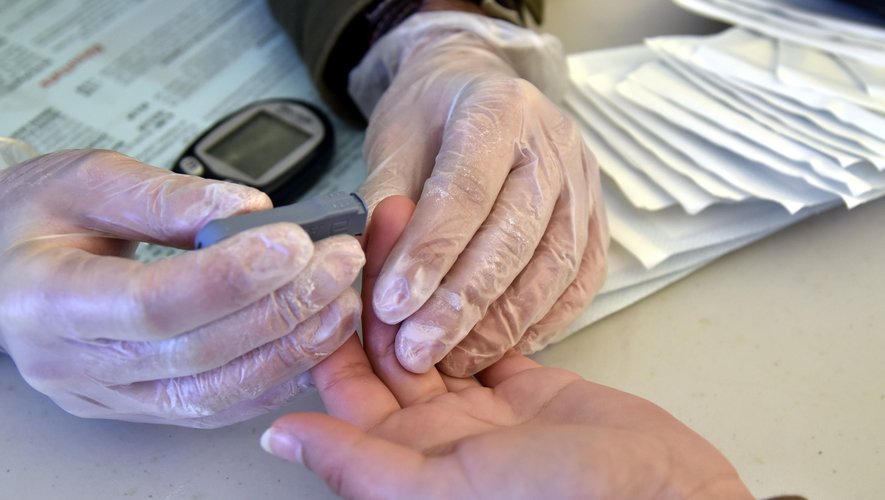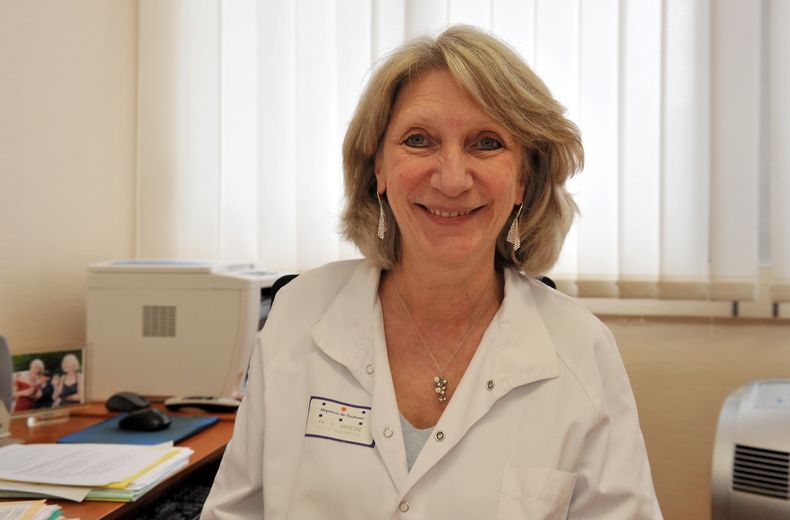Diabetes continues to increase: “One in four adults risks being diabetic from the age of 75”


Research, treatments, care… 4,500 French-speaking diabetes specialists gathered at a conference in Toulouse this week to take stock of the progress against this disease. Update with Professor Hélène Hanaire, head of the diabetology department at Toulouse University Hospital.
Diabetes affects 4.2 million patients in France, and it continues to increase. Occitanie, with 200,000 people affected, is one of the regions with the highest prevalence. In this complex disease, we distinguish between type 1 and type 2 diabetes, linked to different mechanisms, but with one thing in common, the increase in blood sugar levels.
Read also : Diabetes: type 1 or type 2, what are the differences?
Type 2 diabetes affects 90% of patients compared to 10% for type 1 diabetes. And we keep in mind that type 2 is a “disease of maturity”, linked to our sedentary lifestyle, which occurs between the ages of 40 and 50. “It’s more complex than that,” explains Professor Hélène Hanaire, head of the diabetology department at the University Hospital Center (CHU) of Toulouse. Type 2 is readily associated with hypertension, certain liver diseases, lack of physical exercise and obesity, but not all obese people (18% of the population, editor's note) are diabetic. There is also a genetic and multigenic component which plays a role in its triggering.”
Read also : CASE. Diabetes, the disease of the 21st century: the number of patients will double by 2050 worldwide

Read also : Type 2 diabetes: a drop of blood to better predict cardiovascular risk
Cases of diabetes 2 in young adults
What concerns caregivers is that this type 2 diabetes begins earlier and earlier and progresses by 5% per year. “We are now seeing cases of diabetes 2 to 20 years old, from the beginning of adulthood. With the increase in life expectancy, it is estimated that from the age of 75 it is one in four adults who is at risk of being diabetic.
In type 1 diabetics, an autoimmune disease is the cause and leads the body to destroy insulin cells by mistake. A fact which occurs in two-thirds of cases before the age of 35. “Here too we see that the disease progresses by 5% per year and above all that it appears earlier and earlier in children, before the age of ten, without us yet knowing very well why,” points out Professor Hanaire.
Promote prevention and access to treatment
One of the major challenges facing this disease is risk identification and prevention. “We know perfectly well how to recognize people at risk of becoming diabetic based on their medical and family history, so we need to better screen them,” believes the diabetologist. “Similarly, we undoubtedly need to improve prevention messages, because the multiple strategies which consist of eating better and being less sedentary, significantly reduce the risk of developing diabetes over 10 or 15 years.”
From the patients' point of view, progress is also necessary in terms of support and access to treatments. “Therapeutic education, essential for patients, remains too concentrated in hospitals, and not easily accessible to patients who live in more rural areas such as Ariège, Aveyron or Gers”, argues Claude Daix, the president of the French association of diabetics (AFD) Occitanie.
Read also : Diabetes: soon a connected tooth for blood sugar
Read also : Diabetes: will we soon be able to breathe instead of pricking ourselves to test our blood sugar?
Devices that ease everyday life
The good news comes from the rapid development of treatments and medical devices that relieve the daily lives of patients. For example, continuous glucose measurement systems using patches are now reimbursed for type 1 and 2 diabetics on insulin. This is also progressing for the hybrid closed loop which allows continuous monitoring of the glycemic index, reimbursed for type 1 diabetics. Last year only one device existed, today there are five.
“The loop takes a lot of mental load off of me on a daily basis, even if I always have to anticipate my meals or my sports sessions,” says Bernard, a type 1 diabetic since the age of 22 and a member of the AFD. His regret? “That this is still too little accessible to patients, due to lack of information and too limited reimbursement.”
